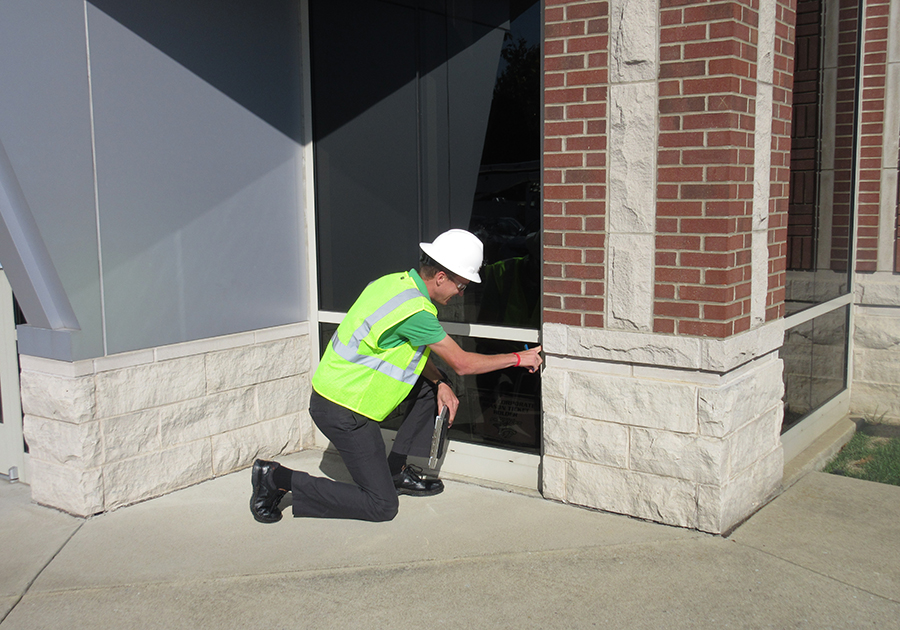- What We Do
-
-
-
We are 100% colleague-owned and bring together over 550 dedicated engineers, consultants, and professionals who work collaboratively to diagnose and solve problems effectively. Learn more here.
- Design
- Consulting
- Planning
- Our engineering and design services combine technical excellence with creative innovation.Our consulting services are designed to provide strategic insights and practical solutions to your unique challenges.Our consultants develop comprehensive plans, specific to your unique needs.
-
-

- What We Do
-
-
- Who We Serve
-
-
-
Our team provides comprehensive engineering design and consulting services to multiple markets globally in both built and natural environments.
- Civic + Community
- Industrial
- Commercial
- Infrastructure
- Education
- Science + Technology
- Federal Government
- Sports + Entertainment
- Healthcare
- Transportation
-
-
-
-
- Our Work
- Our Firm
-
-
-
Every colleague has a personal stake in our collective success. This ownership culture fosters a deep sense of responsibility, engagement, and dedication to one another, as well as our clients and projects.
- About Us
- Our People
- Join Our Team
- Our Locations
-
-
-
- Insights
- Contact Us
Planning
Facility Condition Assessments + Investigations

Facility Condition Assessments
We pride ourselves in providing a comprehensive and robust approach to facility condition reports. In addition to on-site visual inspections of the MEP, structural, enclosure, and other systems, our team conducts interviews with site facility staff, maintenance staff, and any additional personnel to capture ongoing or recurring issues that currently or could potentially impact building performance. The visual inspection of building systems include recording, photographing, and cataloging building system information including type, observed condition, and remaining useful life; equipment information including type, remaining useful life; identified deficiencies affecting building systems and equipment; initial recommendations for repair or replacement of systems and equipment; and general context photographs and deficiency specific images. We also offer capital expenditures (Cap-X) projection and analysis as part of these assessments.

Enclosure Assessments + Investigations
In order to efficiently operate, plan, and budget for enclosure maintenance and capital repairs, facility managers and building owners must first understand the current condition of the facilities they operate. Condition assessments and visual surveys of the existing exterior provide an independent, unbiased, account of the current roof, wall, and other accessible enclosure systems. Our assessment reports prioritize recommendations for maintenance or repairs and provide budget forecasts for future planning. Enclosure investigations evaluate and determine the root cause of issues such as water leaks and condensation.











